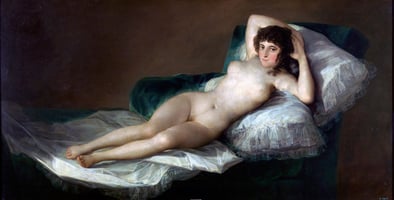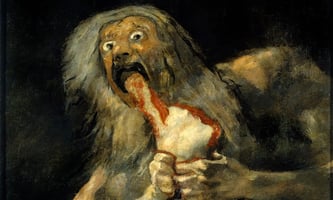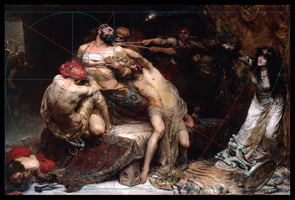Francisco José de Goya y Lucientes (30 March 1746 – 16 April 1828) was a Spanish romantic painter...
Fauvism's Bold Color and Expressionist Style Revolutionized the Art World
Fauvism was a brief but influential art movement of the early twentieth century. The French term “fauve” (wild beasts) was coined by art critic Louis Vauxcelles to describe the vibrant, intense colors of the works created by the Fauves. Fauvism was an avant-garde movement whose members included Henri Matisse, André Derain, Maurice de Vlaminck, and Kees van Dongen, among others.
The Fauves rejected the official, academic realism of the time in favor of a more expressive and expressionistic approach to painting. They embraced the use of bold and intense colors, strong lines, and flattened forms to convey their subjects’ emotions and feelings. The paintings of the Fauves often featured landscapes, portraits, and still-lifes, and were characterized by a vibrant palette and simplified forms.
The Fauves were interested in the idea of breaking down traditional concepts of color and composition. They sought to create an art that was more expressive, more abstract, and more liberated from the rules and conventions of traditional art. Their work was characterized by a bright, vibrant palette, flattened forms, and a flattening of the picture plane.
Fauvism was an influential art movement of its time, and its influence can still be seen in modern art today. Its bold colors and flattened forms have been embraced by a range of modern artists, from the Abstract Expressionists to Pop Art. Its rejection of traditional artistic conventions and its embrace of a more expressive, liberated approach to painting have had a lasting impact on modern art.




